20/07/2021 — the UTMOST-2D project achieved full sensitivity today — with the upgraded Molonglo telescope now seeing data across the entire installation.
UTMOST-2D is a project to return one of the two “arms” of the Molonglo telescope to full operations again , after a hiatus of over 40 years.
Molonglo is a “Mills Cross” radio telescope — consisting of two 1-mile long arms (1.6 km) arrayed North-South and East-West, and sited in a remote valley near Canberra, Australia’s capital city.
The North-South arm of the telescope last saw radio waves in the 1980s. In a project lead by Associate Professor Adam Deller, working with ARC Laureate Fellow Prof Matthew Bailes, the arm has had a complete revamp over the last three years, with completely redesigned electronics, radio receivers, antennas and digitizers installed.
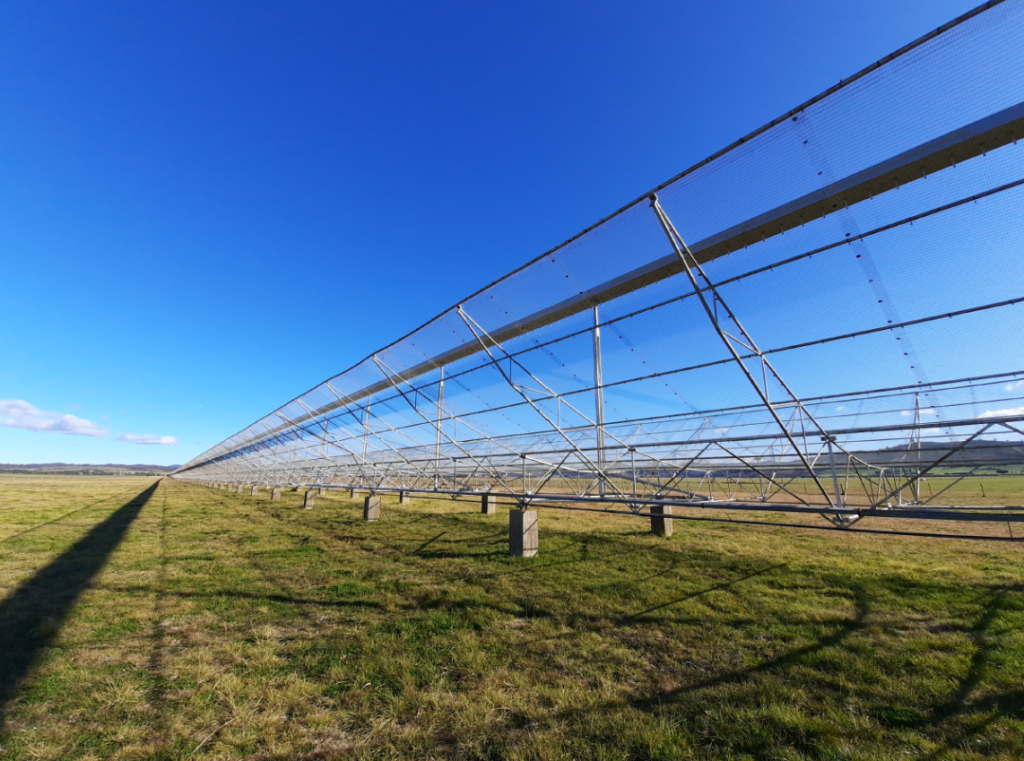
Project Scientist Dr Chris Flynn commented “… seeing the data streams light up right across the new installation was very exciting, after three years of design, prototyping, manufacture and installation”.
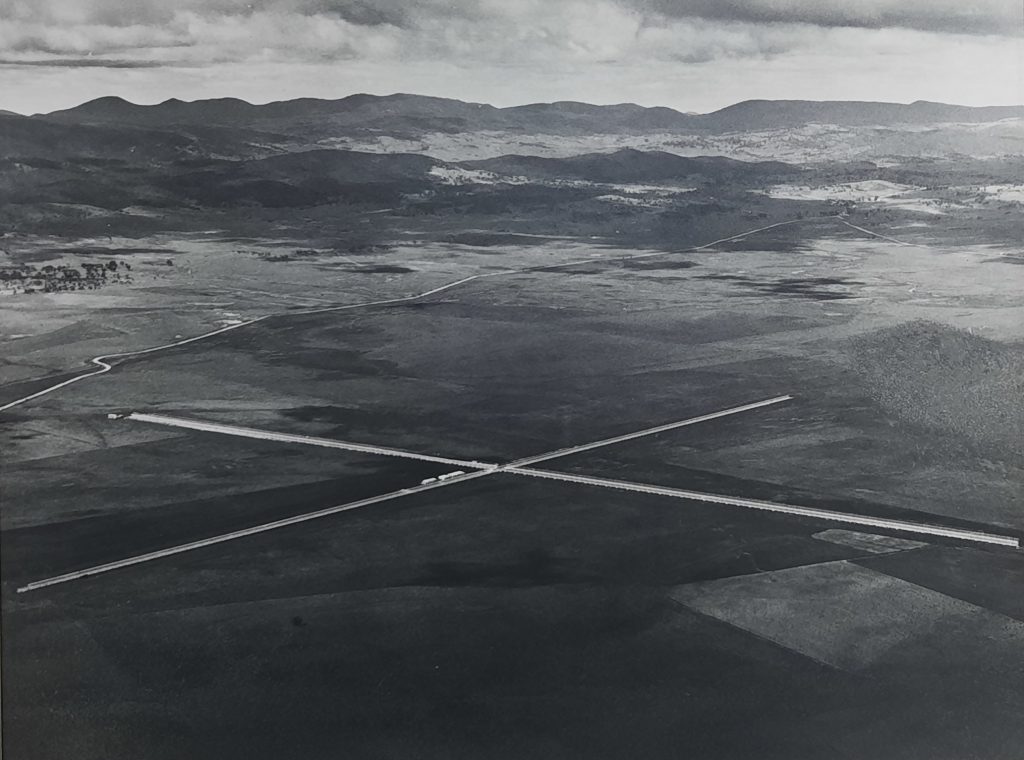
Swinburne University of Technology PhD students Cherie Day, Vivek Gupta and Ayushi Mandlik have been closely involved with the team of astronomers and engineers in the rebuild, with the design and testing work forming part of their research projects. Alphington Grammar School student Rudra Sekhri has also helped with the development cycle of the project, analysing pulsar observations to determine the system performance.
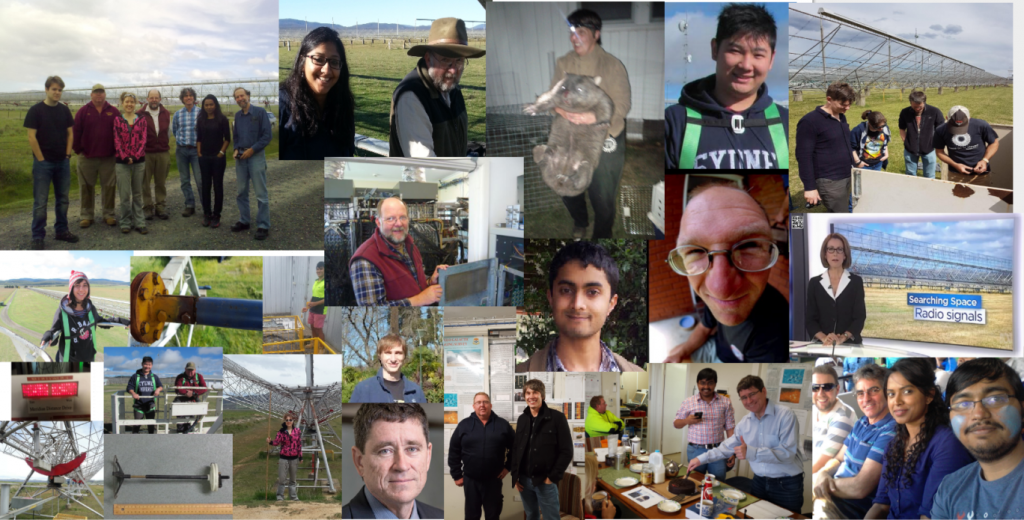
The redesign of the North-South arm has brought a sensitivity approximately 10 times that of the East-West arm, when compared meter-for-meter. This has been a result of substantial improvements to the polarisation, bandwidth, and noise characteristics of the new system.

Electronic steering of the arm has also been introduced, so that its field of view can be redirected nearly instantaneously.
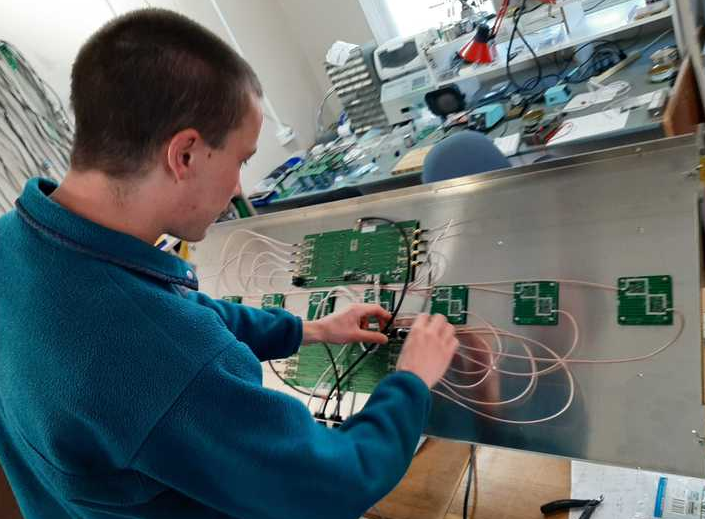
Over 100 pulsars have been observed with the new system — about 150 are expected to be well visible. The aim is to make observations of 100 pulsars daily, in order to study their periodicity, gradual slow-down, and the sudden jumps called “glitches” which can be used to probe the internal structure of the neutron stars from which they arise.
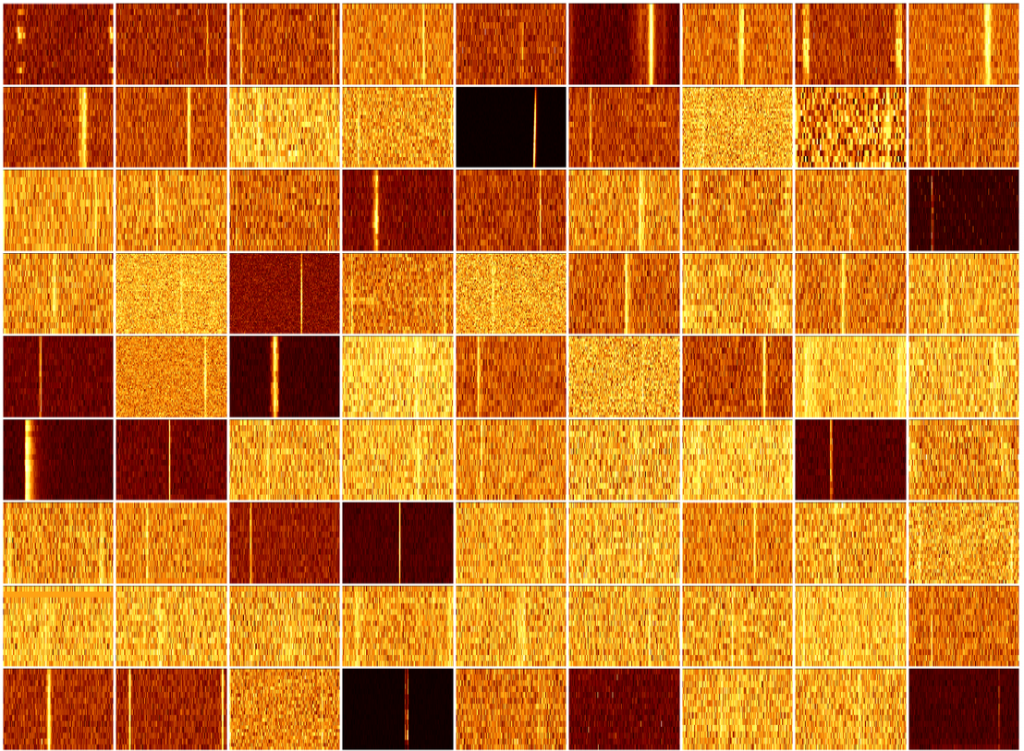
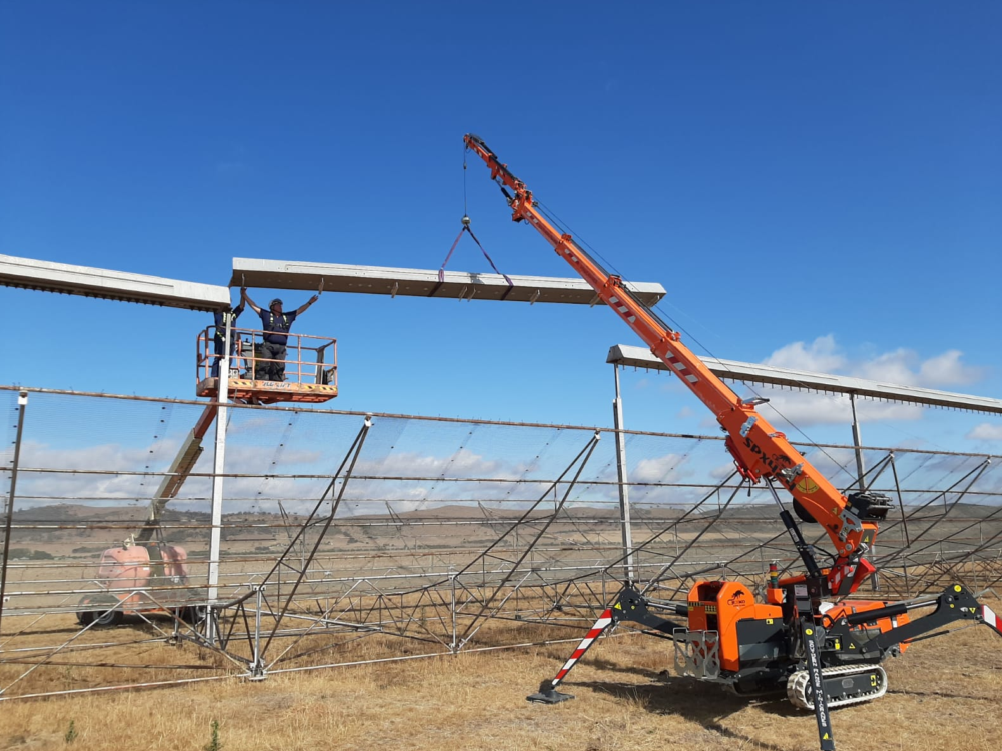
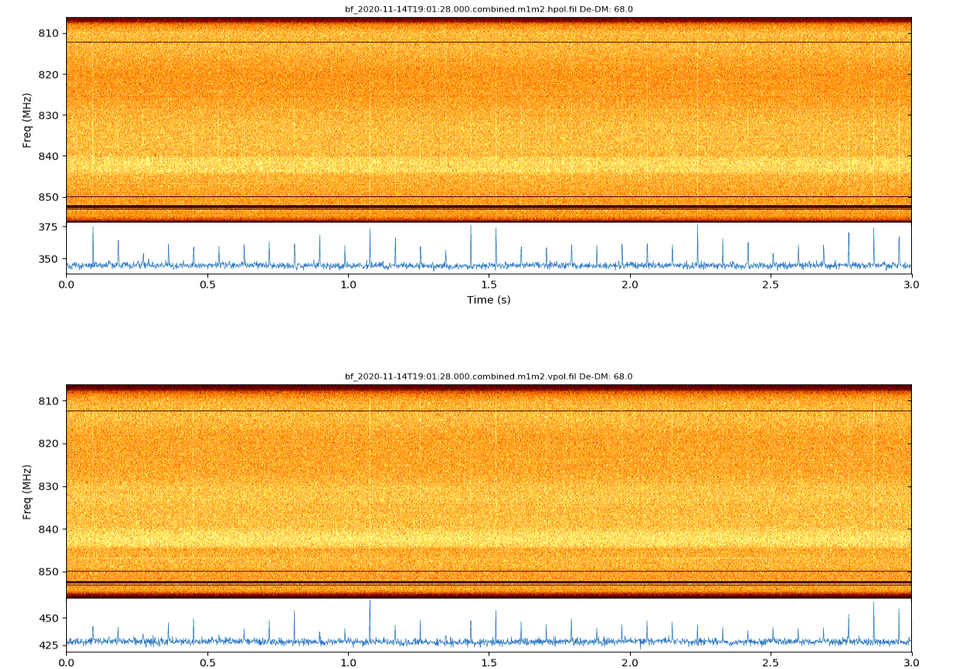
A major science goal UTMOST-2D is to find Fast Radio Bursts (FRBs) and localise them precisely on the sky. These fascinating sources are currently a major mystery in astrophysics, and finding the host galaxies from which the originate will allow us to understand their progenitors much better. UTMOST-2D will enable us to localise single bursts from FRBs at the moment of discovery. UTMOST-2D has been built with a large field of view to capture as many FRBs as possible, and will use innovative machine-learning techniques to identify them.
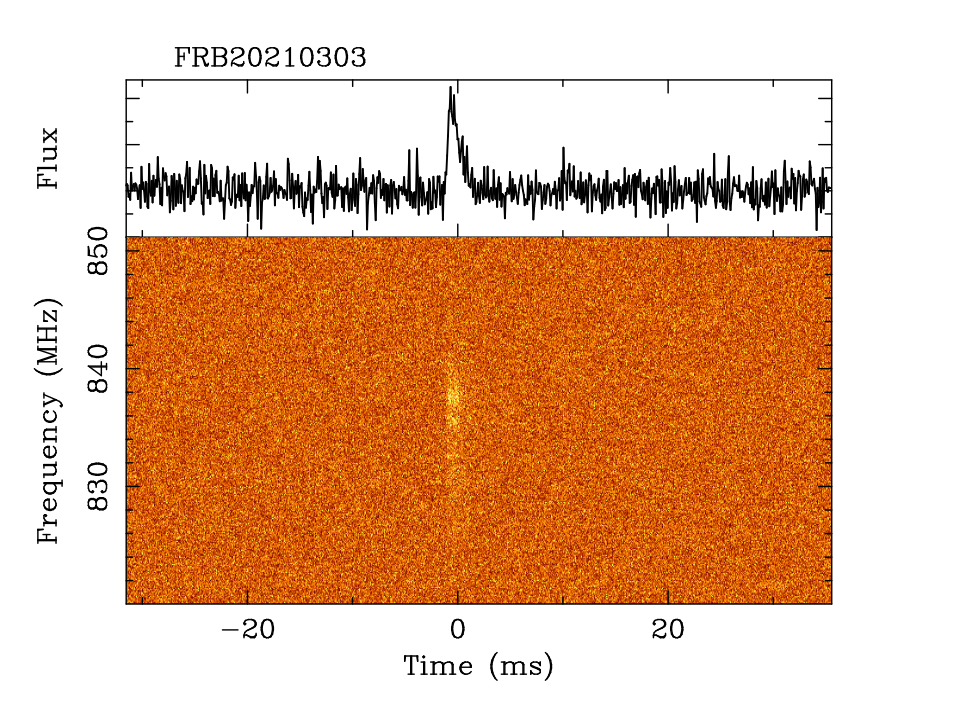
More Info:
Article in Nature Astronomy by Adam Deller and Chris Flynn